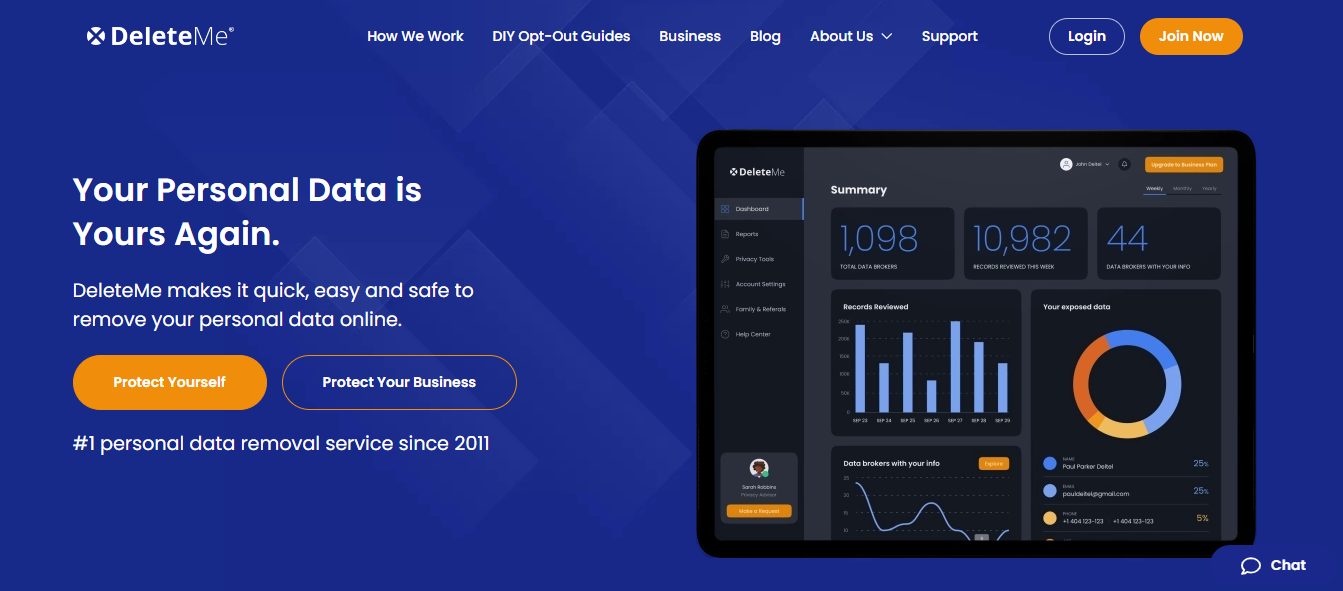Munich-based digital agency owner Hendrik Luehrsen has been tracking the usage of themes with the FSE tag (block themes) using a spreadsheet that pulls in data from the WordPress.org API. Wrangling the data in a spreadsheet became too cumbersome, so Luehrsen launched WP Data Dashboard over the weekend as a “centralized hub for exploring, analyzing, and visualizing data across the WordPress landscape.”
The new website is currently tracking 6,017 themes hosted on WordPress.org with 250 snapshots. It offers stats and data-based insights for those interested in getting a bird’s-eye view on themes hosted in the official directory.

“Right now, the WP Data Dashboard has one main function: It crawls the WordPress Theme Repo (API) and crunches the numbers to identify trends,” Luehrsen said. “With the data stored in my own database, I can analyze and combine it in exciting new ways.”
WP Data Dashboard has two unique stats that are interpretations of the data available. The first is a “Usage Score,” which is calculated based on a theme’s active installs vs. total downloads:
A high score indicates a theme that not only has been downloaded frequently but also remains actively installed on many sites. The score undergoes a significant decay if the proportion of active installs to downloads is low, indicating that while the theme might be frequently downloaded, it’s not retained by users. This metric provides insight into both the initial appeal of a theme and its lasting utility to users.
The second unique stat is a “Diversity Score,” which compares the downloads of a single theme author to the overall theme directory (or a tag) and scales that value from 0 to 100:
A high score indicates that downloads are spread across many authors, suggesting a diverse and competitive marketplace. On the other hand, a low score suggests that a few authors dominate the downloads, indicating less diversity. This metric provides insight into the variety of theme offerings and the balance of power in the theme marketplace.
The Usage Scores can be seen on the List page, which is an index of all the themes, as well as on the Tag pages.

The Diversity Score is only displayed on the Stats page as a percentage representing the entire WordPress.org ecosystem. The Diversity score goes up when the stats are calculated without the default themes, which get a large number of downloads from the same “WordPress.org” author every year.

In a thread on X, Luehrsen highlighted a few data points he has extracted so far from the dashboard.
“Fun fact: Did you know that the most downloaded themes ever are Twenty Seventeen, Twenty Fifteen, and Astra?” he said. “Each has crossed over 10 million downloads! But only Astra managed to retain its users and remains today as one of the most widely used themes.
“What’s somewhat surprising is the decline in downloads for the newer default themes. While Twenty-Twenty garnered over 8 million downloads, Twenty Twenty-One managed only 6 million, and Twenty Twenty-Two a mere 3 million.”
This may be related to the slow adoption of block themes, which still appears to be stagnating at the end of October. The number of block theme active installs declined from August to September, but is now inching its way back up to previous numbers.

“Did you know that only 2% of overall theme downloads come from themes tagged as ‘Full Site Editing‘?” Luehrsen said. “Given that they’re relatively new, it’s not too surprising!”
When asked if he has considered trying to include numbers for themes like Elementor and Divi, which make up a large segment of the commercial theme market, Luehrsen said he would like to include external data but the compatibility of that data would be very limited, which in turn limits comparability with WordPress.org-hosted themes.
Have you considered trying to include numbers for themes like Elementor and Divi? At the very least using resources such as BuiltWith? Elementor’s are eye opening. Absolutely dwarfs everything. Divi’s also higher than any on that list. The fragmentation is huge.
— Carl Hancock
(@carlhancock) October 29, 2023
The WP Data Dashboard is a useful way to track trends in WordPress.org themes over time, and the site appears primed to add data for plugins at a future date. It would be even more helpful if Luehrsen could make some of the calculated data available for visitors at a glance, such as 2% of overall theme downloads coming from Full Site Editing tagged themes. There are a lot of ways this data could be visualized with graphs and charts in the future, as the database adds more information over time.
The project is hosted on GitHub under a GPL license, so anyone can dig deeper into the code to see how it works or submit contributions to extend its capabilities.

